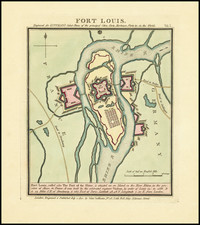"Germany," a map produced by John Seller in 1679, offers a detailed representation of Germany during a significant era in its history. As a component of the Atlas Minimus, the map exemplifies the late 17th-century geographical knowledge and cartographic conventions.
The map encapsulates Germany during a period marked by the complex structure of the Holy Roman Empire, which comprised numerous semi-autonomous regions across Central Europe. The representation provides an understanding of the region's geographical and political landscape during the late 17th century.
Significant geographical markers and political divisions are indicated on the map, reflecting the intricate administrative structure of the era. The map offers a clear understanding of the geopolitical landscape of Germany during the time.
Accompanying the map, an engraved table titled "The Empire of Germany is Divided into X Circles The Kingdom of Bohemia not included" delineates the primary divisions within the German realm. This table offers a detailed insight into the administrative divisions of the Holy Roman Empire during the period, notably excluding the Kingdom of Bohemia.
John Seller's "Germany" map delivers a comprehensive geographical representation of Germany during the late 17th century. The associated table of circles within the Empire offers further context to the map, providing an understanding of the political landscape of the region during this era.
John Seller was one of the most notable map and instrument makers in England in the late-seventeenth century. He was especially known for the sea charts, many of which featured in his influential English Pilot and Atlas Maritimus. Seller was born in London in 1632. His father was a cordwainer and John was apprenticed to Edward Lowe, of the Merchant Taylors’ Company. He was made free of that company in 1654. Later, he also was made a brother of the Clockmakers’ Company, which housed several instrument makers. He started business as a compass maker but expanded his offering to include navigational instruments and charts.
Seller’s career was halted temporarily, and fantastically, when he was tried for high treason in 1662. He was accused of involvement in a plot led by Thomas Tonge. While Seller likely only unwisely repeated rumors, he was convicted. The other conspirators, who did admit some degree of guilt, were executed, but Seller maintained his innocence and, via insistent petitions, he eventually secured his release from Newgate Prison.
This episode did not seem to slow Seller’s rise too much, however. Seller was granted a royal license to publish English-language maritime atlases. This gave him a near-monopoly and led to his being named hydrographer to the King in 1671. Although the point of the project was to produce English charts of Dutch dominance and bias, Seller ended up using many Dutch plates as his base material. The first volume of The English Pilot was published in 1671, followed by more volumes as well as The Coating Pilot (1672) and the Atlas Maritimus (1675). Seller was commercially successful, but some of his projects required further support. The English Pilot was eventually taken over by John Thornton and William Fisher, for example, and his proposed English atlas only produced maps of six counties.
Seller’s sons, John and Jeremiah, followed in their father’s profession. Seller also apprenticed several promising young men, including Charles Price, with whom his sons partnered. Through Price, Seller can be seen as the founding figure of an important group of London mapmakers that included Price, John Senex, Emanuel Bowen, Thomas Kitchin, and Thomas Jefferys.









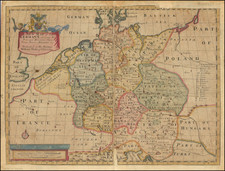
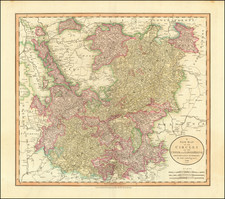
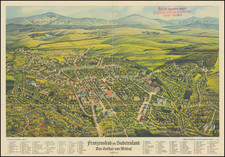
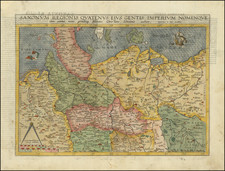
![Pomeraniae, Wandalicae Regionis Typ [with] Livoniae Nova Descriptio [with] Ducatus Oswieczensis, et Zatoriensis, Descriptio](https://storage.googleapis.com/raremaps/img/small/61683.jpg)
